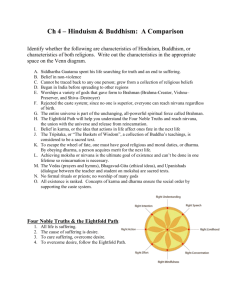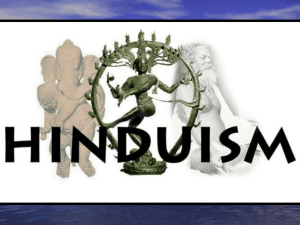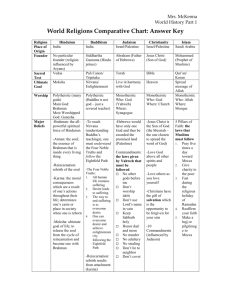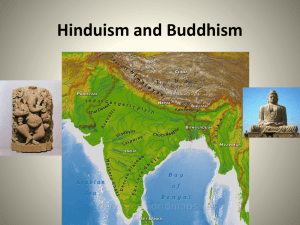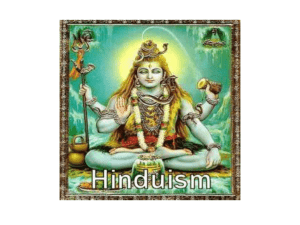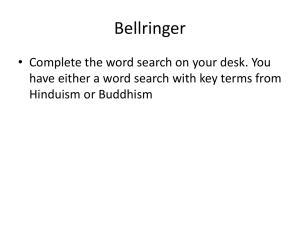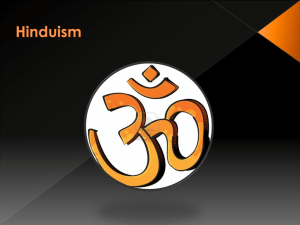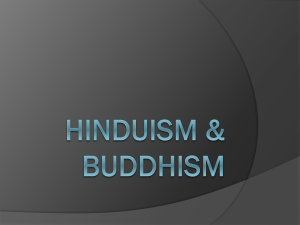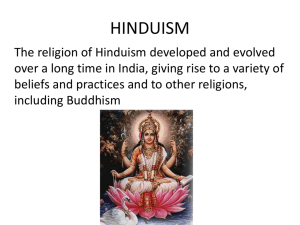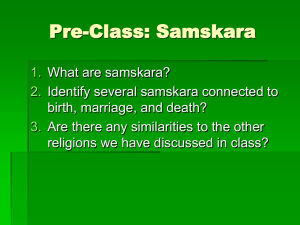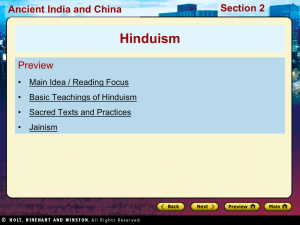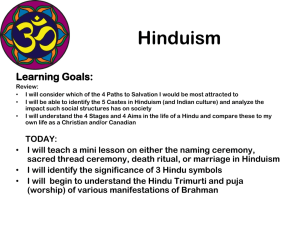CH 4.INDIA AND CHINA
advertisement
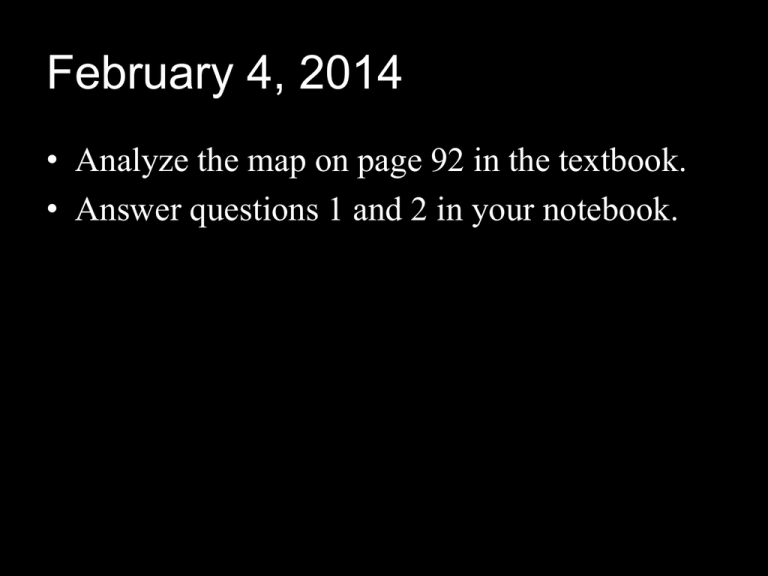
February 4, 2014 • Analyze the map on page 92 in the textbook. • Answer questions 1 and 2 in your notebook. 1. What geographic features may have allowed civilizations to develop in ancient India and China? 2. What geographic features do you think could have influenced the development of the Indus and Huang He civilizations? Ancient China 1. Geography a. Two major rivers i. Chang Jiang aka Yangzi ii. Huang He aka Yellow River iii. Civilizations in China started in the river valleys of these two rivers b. Crops i. South 1. The environment was suitable for rice ii. North 1. Suitable for wheat and millet c. Isolated i. Much of China is covered with mountains, hills and desert ii. Helped protect China from invasion Shang and Zhou Dynasties • Use textbook pages 109 – 112 to take notes on the development and achievements of China’s earliest dynasties. Shang Dynasty Zhou Dynasty Shang Dynasty - Strong monarchy Large army Governors ruled distant parts Developed writing Advances in bronze working Built huge structure Astronomers created a precise calendar based on moon cycles - Created one of the world's first systems of money - Used oracle bones to ask ancestors for advice Zhou Dynasty - Ruled by Mandate of Heaven Used iron Population grew New farming techniques Cities grew Built roads and canals Introduced coins and use of chopsticks 2. Major Philosophies a. Concept of the Mandate of Heaven i. Political philosophy ii. Used to explain the fall of one dynasty and the rise of another iii. Stated that the gods would support a just ruler, but they would not allow anyone corrupt to hold power b. Confucianism i. Based on the teachings of a man named Kongfuzi or Confucius ii. Confucius 1. 2. 3. Believed that people should treat one another humanely Believed tat love and respect had disappeared and this was what was responsible for violence in a society Believed that if respect for tradition was restored, society would again be stable and orderly iii. The Analects 1. A book written by Confucius 2. States that rulers should treat their subjects fairly 3. Subjects should in return reward their ruler with respect and loyalty 4. People need to respect the members of the family 5. It is the duty of all educated people to devote themselves to public service c. Daoism i. Encourages people to retreat from the laws of society and yield to the laws of nature ii. Concept of the Dao or the way 1. Dao is the limitless force that is part of all creation iii. Embraces the concept of yin and yang 1. Represents the balancing aspect of nature 2. Neither can exist without the other 3. When in balance represents perfect harmony 3. Buddhism a. Origins i. ii. Originated in India Founder, is a man by the name of Siddhartha Gautama b. Teachings i. Four Noble Truths 1. Suffering is a part of human life a. 2. 3. 4. No one can escape from suffering while alive Suffering comes from people’s desires for pleasure and material goods Overcoming these desires during life eventually brings suffering to an end Desires can be overcome by following the Eightfold Path ii. The Eightfold Path 1. Right View a. Accepting the reality of the Four Noble Truths 2. Right Attitude a. Striving for moderation in all things 3. Right Speech a. Avoiding lies, boasts and hurtful words 4. Right Action a. Treating others fairly 5. Right livelihood a. Avoiding jobs that could bring harm to others 6. Right effort a. Constantly trying to improve oneself 7. Right mindfulness a. Remaining aware of the world around you 8. Right Concentration a. Ignoring temptation and discomfort while meditating iii. Nirvana 1. A state of perfect peace in which the soul would be free from suffering 2. Can be attained by following the Eightfold Path 3. If nirvana is not achieved you will be reborn and go through the cycles of suffering again iv. Middle Way 1. Another way of expressing The Eightfold Path 2. “Live in moderation, avoid extremes of either comfort or discomfort in the search for nirvana” c. 3 Divisions i. Theravada (The Way of the Elders) 1. 2. Oldest of the Buddhist traditions Based on the Pali Canon a. 3. Oldest of the Buddhist Writings Best way to attain nirvana is to become a monk or nun and spend all of one’s time in meditation ii. Mahayana 1. Taught that people can help each other find enlightenment 2. Incorporated text written after the Buddha’s lifetime 3. Bodhisattvas a. People who have found enlightenment but have not passed yet b. Help others find enlightenment iii. Tibetan Buddhism 1. Incorporates some of the many teachings with Mahayana 2. Believe you can use special techniques to harness spiritual energy and achieve nirvana in a single lifetime Ancient India and Hinduism 1. Geography a. Subcontinent – large landmass that is part of a continent i. Three major geographic zones 1. Himalaya and Hindu Kush mountain systems 2. Deccan Plateau 3. Northern Plains a. Where Indian society first developed b. Rivers i. Indus River ii. Ganges c. Monsoons – seasonal winds that bring rain during the summer i. First civilizations depended on monsoons to bring water for crops 2. Indus Valley Civilization a. Cities and Settlements 1. Harappa and Mohenjo Daro ("mound of the dead") 2. Well planned and carefully laid out a. Streets run in grid pattern b. Community wells c. Public drainage system 3. Citadel – walled, elevated fortress that enclosed buildings such as granaries, warehouses, and meeting halls. Mohenjo Daro b. Economy i. Focused on agriculture and trade ii. City dwellers specialized in crafts such as pottery, metal-work, and jewelry c. Society i. Writing System 1. unable to read ii. Single authority, rather than many citystates 1. Common tool designs 2. Set of standard weights d. Decline i. Thrived from 2500 to 2000 BCE ii. Mohenjo Daro abandoned 1. Reasons unknown 3. The Vedic Period a. Sacred writing called the Vedas i. Includes details about Aryan history and society 1. Aryans took control of India sometime after 2000 BCE b. Vedic Society i. Groups of small villages banded together under regional leaders called rajas 1. Raja was a war leader 2. Protected the people in exchange for food and money c. Social Structure i. According to Rigveda, society divided into four social classes called varnas 1. Brahmins a. highest ranking; smallest group; priests and teachers 2. Kshatriyas a. Warriors and rulers 3. Vaisyas a. Traders, farmers, herders, etc 4. Sudras a. Servants ii. Over centuries, varnas were divided into hundreds of smaller divisions called castes 1. Caste determines job and who you can marry 2. Untouchables were beneath caste system February 5, 2014 • For each of the multiple choice questions, choose the best answer. Ancient India and Hinduism (Continued) d. Vedic Religion i. People pray to many aspects of single eternal sprit ii. Worship 1. Fire sacrifices 2. Offer food and drink 3. Rituals grew more complex over time a. Gave Brahmin more power 4. Basic Teachings of Hinduism a. Brahman i. Eternal being that created and preserves the world ii. Everything in the world is an aspect of Brahman iii. Human mind cannot understand Brahman iv. Everybody has an atman, or soul, that is a part of Brahman v. Brahman manifests in four different devas 1. Brahma, the Creator 2. Vishnu, the Preserver 3. Siva, the Destroyer Basic Hindu Beliefs • Fold your paper in quarters • Use pages 99 – 100 (or the handout) to identify and describe the four basic Hindu beliefs Reincarnation After death, the atman will be released from the body and later reborn in another Karma Sum effect of a person’s deeds and actions during life Nature of a person’s new life will be shaped by karm Moksha Escape from the cycle of rebirth (ultimate goal of human existence) Atman leaves the world and reunites with Brahman Dharma Set of spiritual duties and obligations Must be fulfilled in order to achieve moksha Varies based on class and station in life 5. Sacred Texts and Practices a. The Vedas i. Sacred hymns of praise ii. Contains eternal knowledge revealed to humans by Brahman b. Later writings inspired by Vedas i. Upanishads 1. Deals with nature of the world and the meaning of life c. Sacred Epics i. Ramayana 1. Model for Hindu couples ii. Mahabharata 1. War between 2 families 2. Teaches about dharma and proper behavior 3. Includes Bhagavad Gita, most sacred Hindu text a. Diaglogue between Arjuna and Krisha (Vishnu in human form) d. Religious Practices i. Worship varies 1. Anywhere 2. Priests may recite portions of Vedas 3. May offer food, drink, gifts to deva 4. Prayers, meditation, reflection a. Yoga – series of integrated physical and mental exercises iii. Pilgrimage 1. Religious journey to a holy location, the Ganges River 6. Jainism a. Believed Hindus put too much emphasis on ritual b. Jains believe people can achieve moksha by giving up all worldly things and carefully controlling actions c. Ahimsa i. Nonviolence e. Truthfulness f. Eliminate greed, anger, prejudice, gossip Judaism # of followers world wide Key concepts Founder Name of deity Sacred text / Holy Book Religious symbol Buddhism Hinduism Confucianism Christianity Islam Jeopardy! • I will assign you to a group of 4 • Each group needs: – 1 whiteboard, 1 marker, 1 eraser – 1 textbook – 2 notebooks • First group to hold up the correct answer (written legibly) will get the points for that round. Study Guide • On a separate sheet of paper, describe each of the terms, and be able to explain why it is significant.
